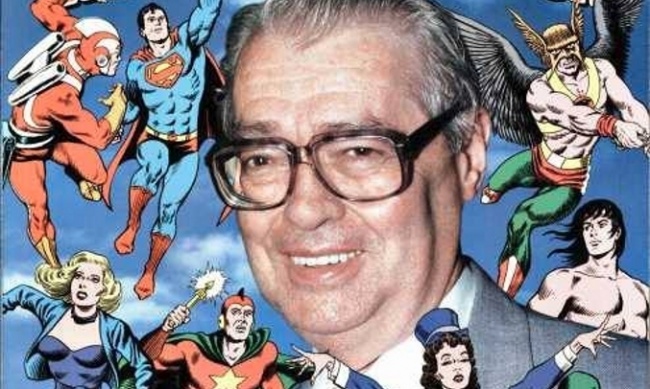Anderson was born on July 9, 1926 in Asheville, North Carolina, and entered the comic industry in 1944 working for Fiction House. Anderson worked on the Buck Rogers daily syndicated newspaper strip from 1947 to 1949 (see “Hermes Plans More Collections, 'Buck Rogers'”) and also worked on PS, the preventative maintenance comics magazine for the U.S. Army.
The announcement of his death from DC Comics, where he spent the bulk of his career, summed up his contributions to the company’s library. “Anderson was a giant in the comics industry and one of the driving forces in the evolution of not only DC Comics, but the Silver Age of comics in general,” it said. “As one of the great artists and inkers at DC Comics, his style helped define the DC look in the Silver Age, and brought to life some of DC Comics’ most prolific characters, including Adam Strange, Atomic Knight, Hawkman and Zatanna, as well as his genre-defining collaborations with Superman artist Curt Swan.”
Anderson was also the person who, in the 1960s, proposed that comics pages be drawn at 10” x 15” rather than the standard 12” x 18” of the time, since it allowed two pages to be photographed at the same time; a practice which became the industry standard.
Anderson was honored with several Alley Awards during his career, and was inducted into the Jack Kirby Hall of Fame in 1998 and the Will Eisner Hall of Fame in 1999. In 2013, he was inducted into the Inkwell Awards Joe Sinnott Hall of Fame.
“I’m so glad I had the chance to meet Murphy on several occasions,” DC Entertainment Co-Publisher Dan DiDio said. “He was true gentleman and was incredibly humble and gracious in regard to the sizable impact he made over a generation of comic fans.”




